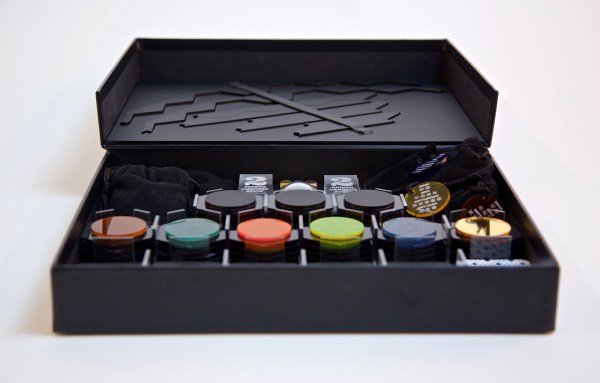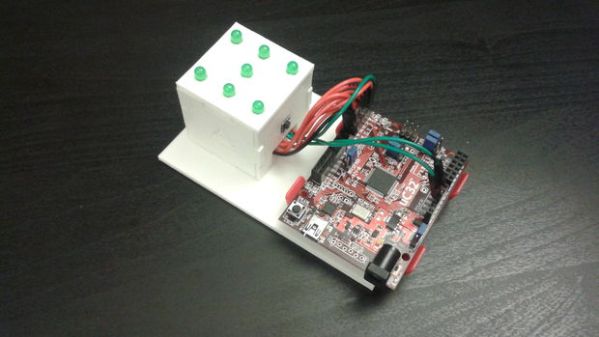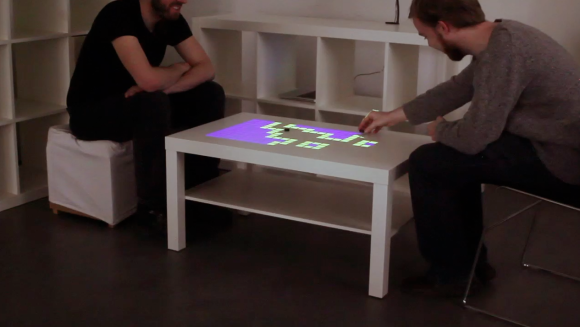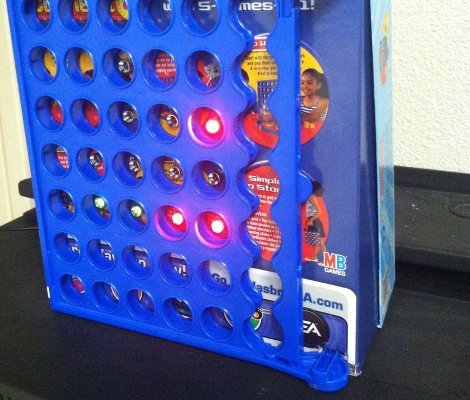A great many of you will remember the game of Snakes and Ladders from your youth. It’s a simple game, which one grows to realise involves absolutely no skill – it’s purely the luck of the dice. [Alex Laratro] noticed that without player decisions to effect the outcome, the game was thus a prime candidate for simulation.
[Alex] wanted to dive into the question of “Who is winning a game of Snakes and Ladders?” at any given point in the gameplay. A common approach would be to state “whoever is in front”, but the ladders might have something to say about that. [Alex] uses Markov analysis to investigate, coming to some interesting conclusions about how the game works, and how this compares to the design of more complex games like Mario Kart and Power Grid.
Overall, it’s a breakdown of a popular game that’s simple enough to really sink your teeth into, but has some incredibly interesting conclusions that are well worth considering for anyone designing their own board games. We love seeing math applied to novel and fun problems – and it can solve important problems, too.


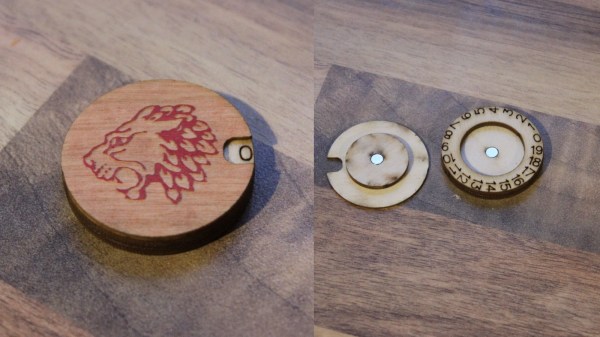
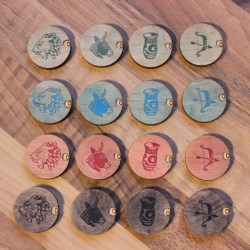 In the digital version of the game, the tokens conveniently display a number representing their total power value. [Martin] liked this feature, and set out to design a replacement token for the tabletop version that could display a number while still keeping the aesthetic of the originals. The tokens were designed as a dial with a small cutout window to show a number, but the surface of the token showing color and icon is still mostly unchanged.
In the digital version of the game, the tokens conveniently display a number representing their total power value. [Martin] liked this feature, and set out to design a replacement token for the tabletop version that could display a number while still keeping the aesthetic of the originals. The tokens were designed as a dial with a small cutout window to show a number, but the surface of the token showing color and icon is still mostly unchanged.